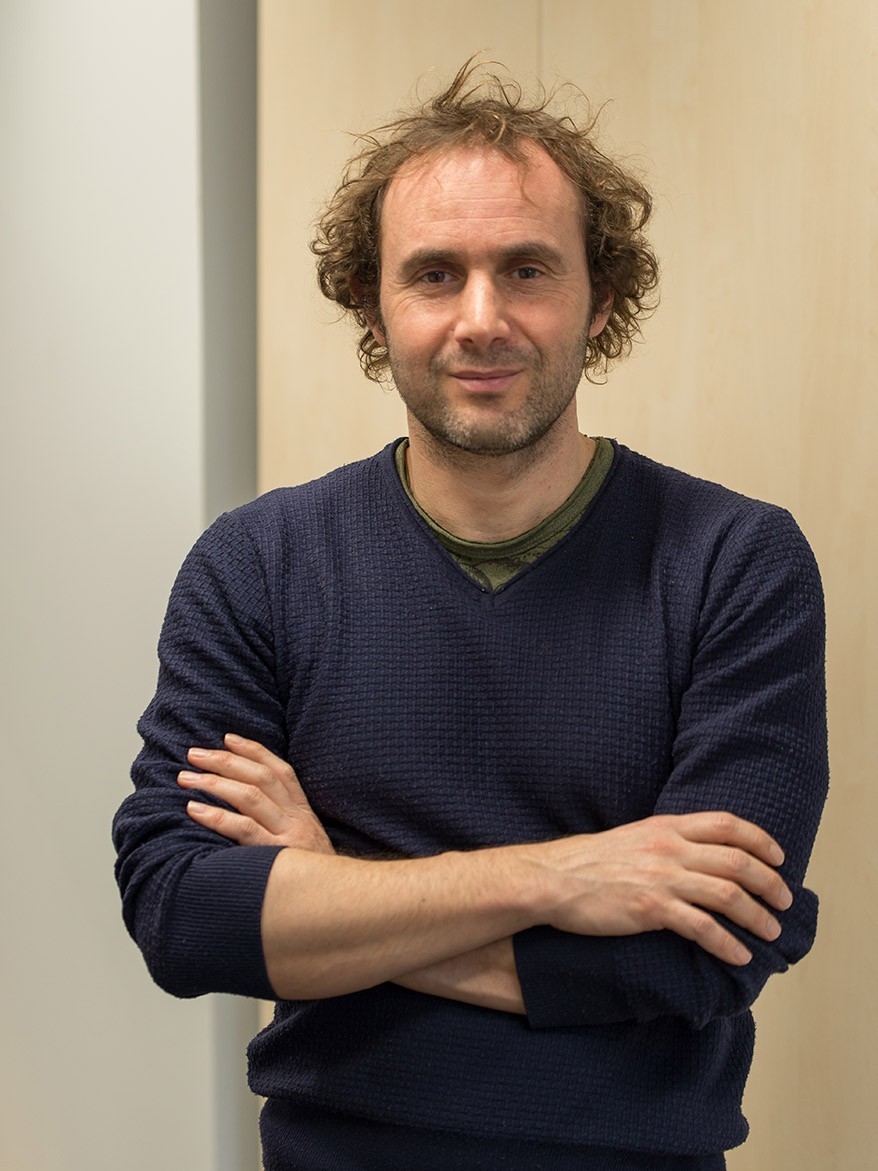Spatio-temporal and mechanical control of motile structures
Our goal is to decipher at the molecular level the spatiotemporal and mechanical mechanisms which control the architecture and dynamics of motile structures. First in the context of cell migration by studying integrin-based adhesion sites and the actin-based lamellipodial protrusions, in healthy and cancer cells. Second in the context of neuronal structural plasticity by studying integrins and the actin cytoskeleton in axons and dendritic spines. And finally, in the context of multicellular organism by focusing on integrin-mediated adhesion in living Drosophila tissues. Exploration of all these new dimensions requires an innovative and multidisciplinary approach combining cell biology, biophysics, biomechanics and advanced optical microscopy techniques including super-resolution microscopy, single protein tracking and quantitative image analysis.
Innovative techniques: single molecule localization microscopy (PALM, STORM, uPAINT, DNA-PAINT), super-resolution microscopy (RESOLFT), cell stretching, optical tweezers.
- Team leader
- Researcher(s), Hospital practitioner(s)...
- Morgane Rosendale (Researcher)
- Olivier Rossier (Researcher)
- Engineer(s), technician(s)
- Dounia Benfarhone
- Mélanie Fabre
- Post-doctoral fellow(s)
- Tianchi Chen
- Eloina Corradi
- Jyothis Devasia
- Amine Mehidi
- Beatrice Senigagliesi
- PhD student(s)
- Lorenzo Bergamo
- Nassim Haffiane
- Xuesi Zhou

